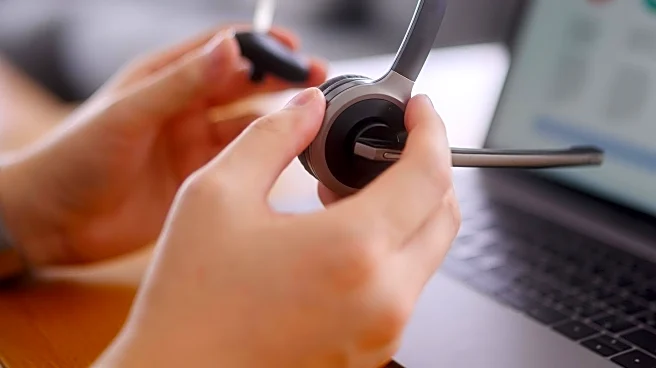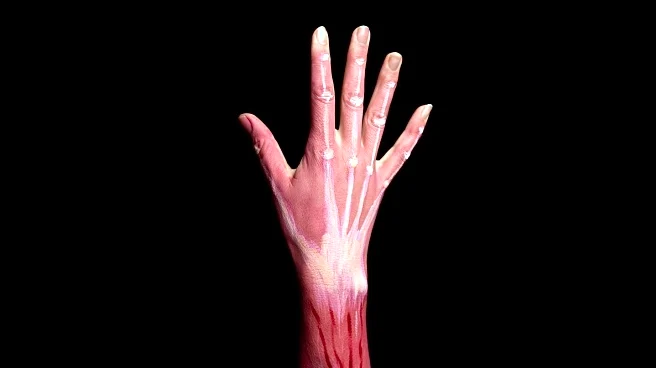What's Happening?
The 'One Big Beautiful Bill' signed into law in July has significantly expanded Health Savings Accounts (HSAs) for the first time in 22 years. The bill includes provisions that enhance HSA accessibility and benefits, such as the permanent establishment of the telehealth safe harbor, which allows high-deductible health plans to cover telehealth services without affecting HSA eligibility. Additionally, direct primary care arrangements are now considered non-disqualifying coverage for HSA eligibility, with specific fee limits. The bill also makes all ACA-qualified bronze and catastrophic plans HSA-compatible, effective January 2026, potentially increasing HSA eligibility for millions of Americans.
Why It's Important?
The expansion of HSAs under the new bill is a significant development for healthcare policy, as it increases the accessibility and utility of HSAs for individuals and families. By making telehealth services permanently eligible for HSA coverage, the bill supports the growing demand for remote healthcare services. The inclusion of direct primary care arrangements and ACA bronze and catastrophic plans as HSA-compatible options broadens the scope of healthcare plans that can benefit from tax-advantaged savings, potentially reducing healthcare costs for consumers. This legislative change could lead to increased adoption of HSAs, providing more Americans with financial tools to manage healthcare expenses.
What's Next?
Starting January 2026, individuals enrolled in ACA bronze and catastrophic plans will be eligible for HSAs, assuming they meet other requirements. This change is expected to increase HSA participation, as more people can take advantage of tax-free savings for healthcare expenses. Healthcare providers and insurers may need to adjust their offerings to align with the new HSA-compatible plan requirements. Additionally, the permanent telehealth safe harbor could encourage further integration of telehealth services into healthcare plans, enhancing accessibility and convenience for patients.










